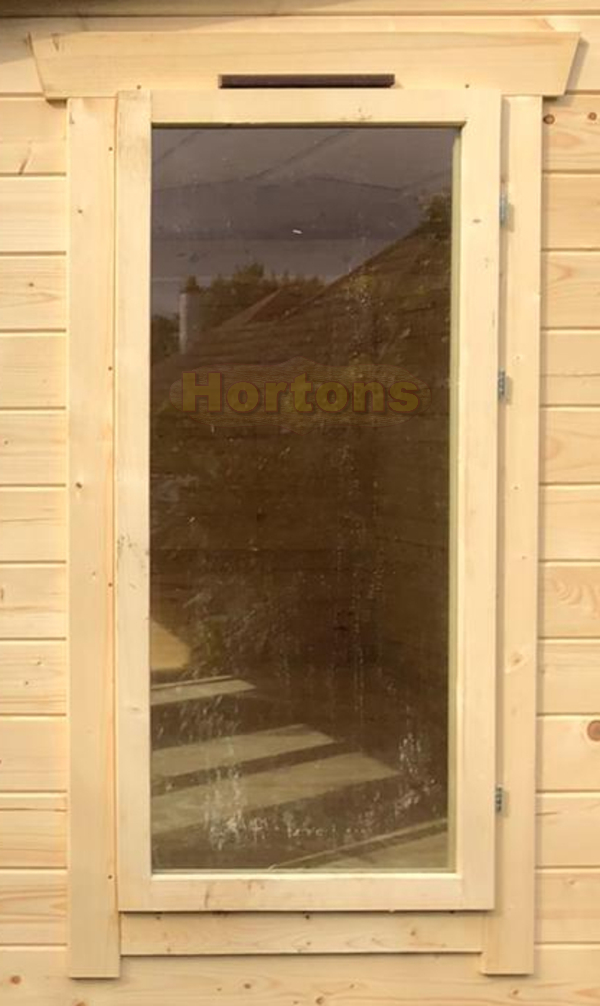
If the casement does not fit squarely into the outer frame then you should check all parts of the frame with a level to make sure that everything is level and also check the diagonal measurements within the opening of the frame - the diagonals should measure the same as each other, if they are not then your window frame is out of true and not square. If out of square then it will be very difficult to get the doors to function in the correct manner. In order to "square up" your frame you should remove the 2 internal side frame trims / architraves (keeping the top and bottom trims in place so the window frame doesn't fall out of the wall) which will expose what should be a small gap between either side of the frame and the wall logs (or studwork if a framed building). By using a lever (crowbar, large screwdriver, chisel, etc) you can push / pull the top of the frame such that it is back to square again. Before re-fixing the side trims to the frame, fix some packers just down from the 2 top corners of the frame to stop it moving / leaning again in the future (these should not be wedged tightly in the gap in order to allow the wall logs to move freely).
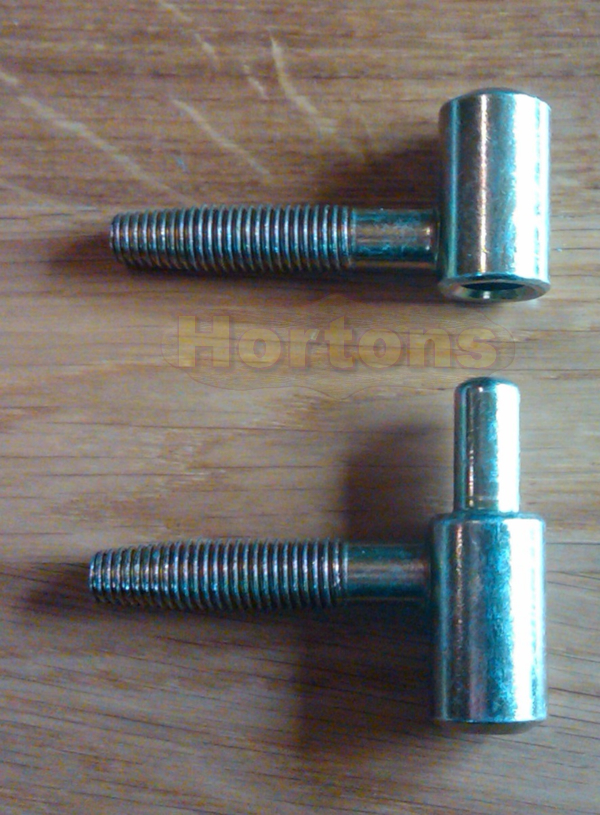
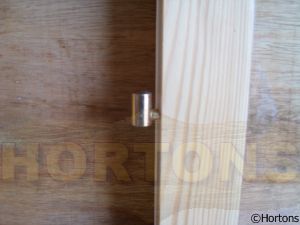
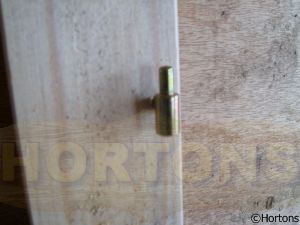
The bottom half of the hinge which is screwed into the frame will push or pull the casement towards or away from the frame. This is most commonly used to adjust how tightly the draughtproof strip is clamped to the frame for weatherproofing (be sure not to over-tighten as this will make the window hard to close).
It is highly unlikely that this type of window will need adjusting as they are made from glulam timber (which is very stable) plus both the casements and outer frames are made from glued comb jointed corners (very rigid making sure the everything remains square), However, in the eventuality that they do need some adjustment, here are 2 ways of adjusting these types of windows...
Height adjustment - lifting the casement up within the outer frame (should the casement snag on the frame at the bottom against the frame).
Use a small screwdriver to pop the cap off the top of the bottom hinge (there may be a hinge cover that needs to be removed first by sliding it up and off in order to expose the actual hinge)-
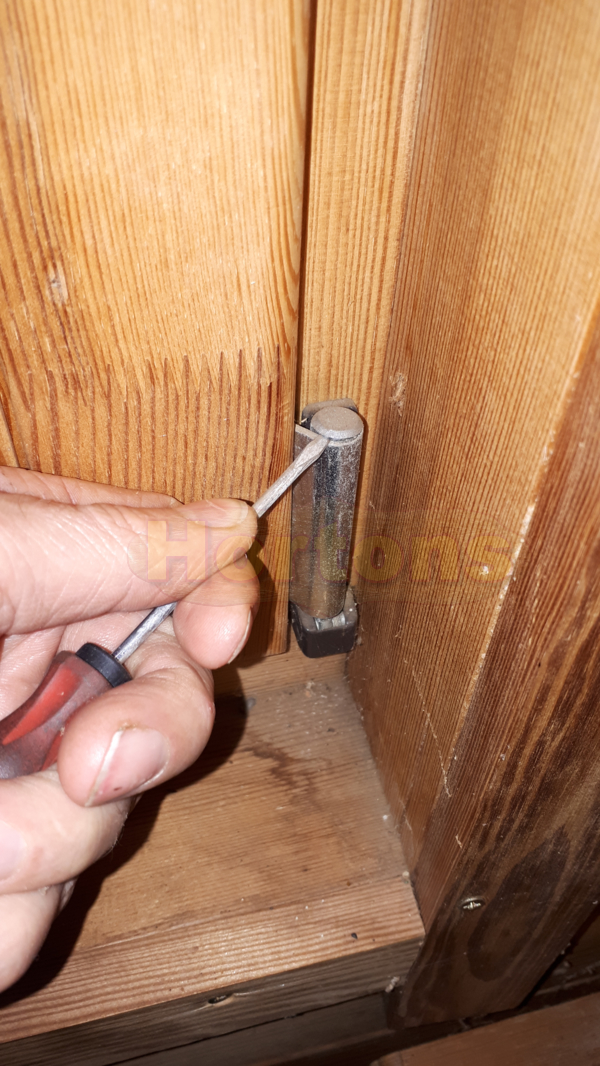
Use an allen key to turn the adjuster hidden within the barrel of the hinge - clockwise will lift the casement relative to the outer frame, and anti-clockwise will lower the casement.

HINT - use a temporary wedge to hold the casement at the correct height and turn the allen key to take up the slack (this is much easier than trying to lift the weight of the heavy casement by turning the allen key which has very little leverage).
Each of the locking rollers is fixed to the casement with a cam bolt (the bolt has an off-centre head) - by turning this cam using an allen key, the roller can be adjusted up/down and in/out in order to shut tightly to eliminate any wobble against the outer frame, thereby making a draughtproof and weather-tight seal.
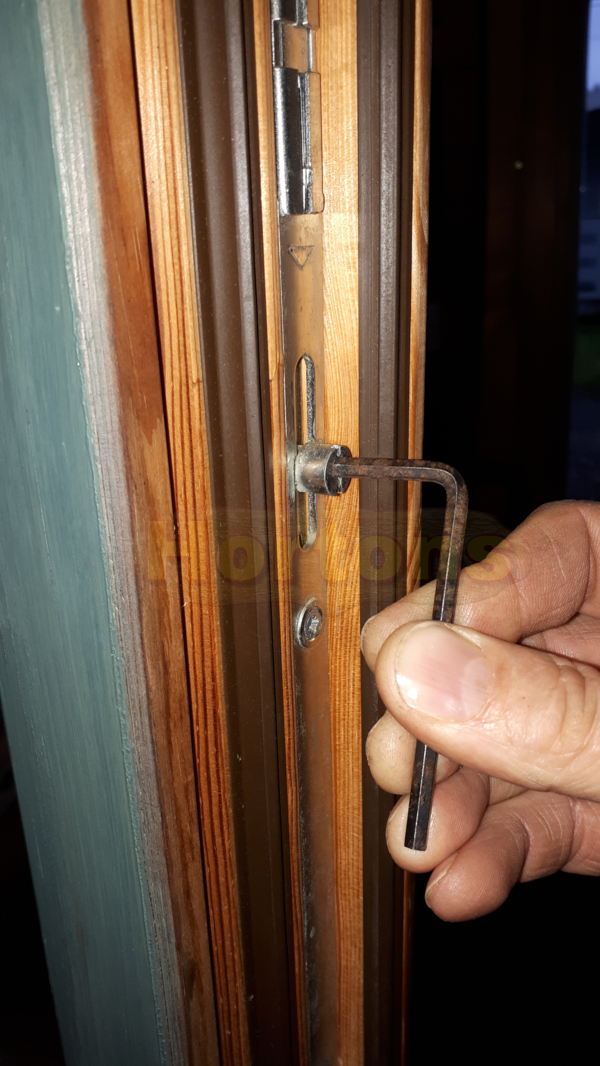
If you do need to replace the glass, you don't need a new window but purely to replace the actual glass unit (this is very easy to do)-